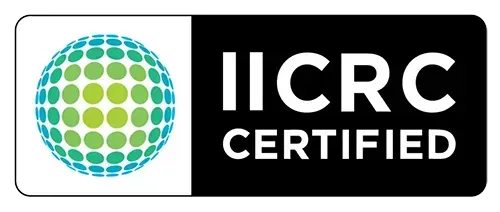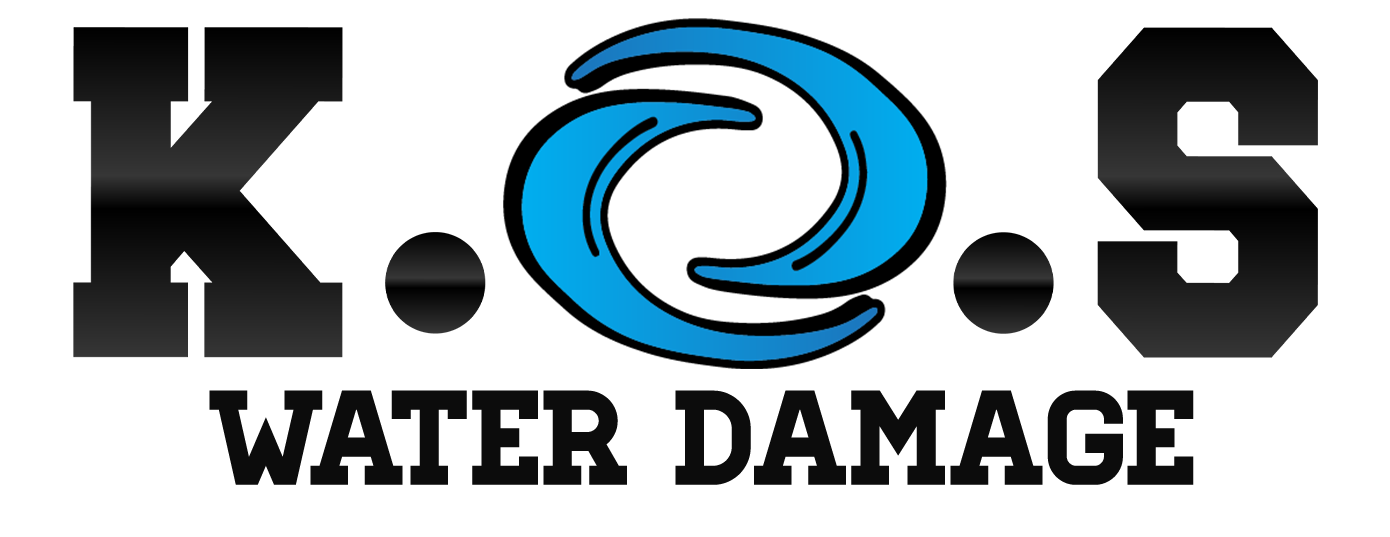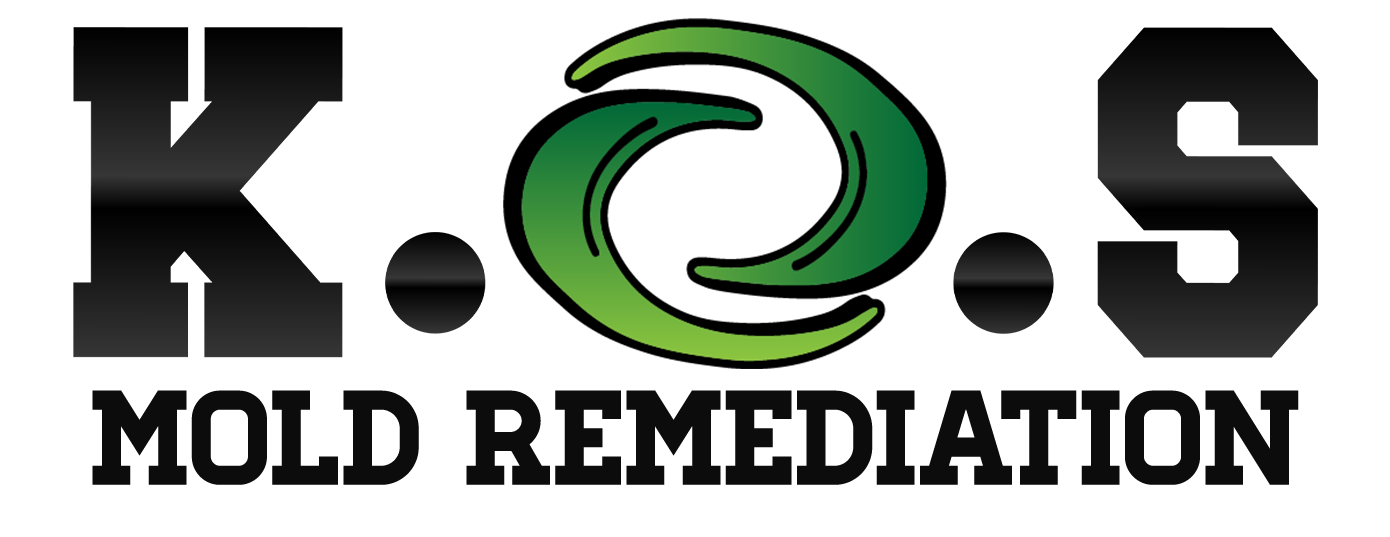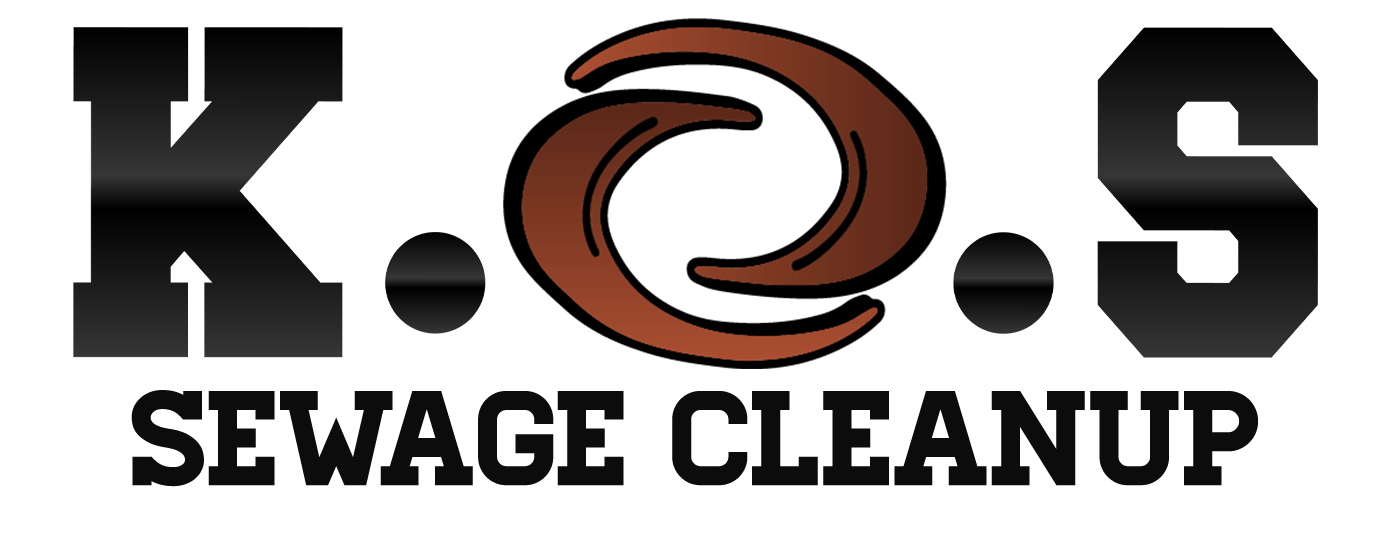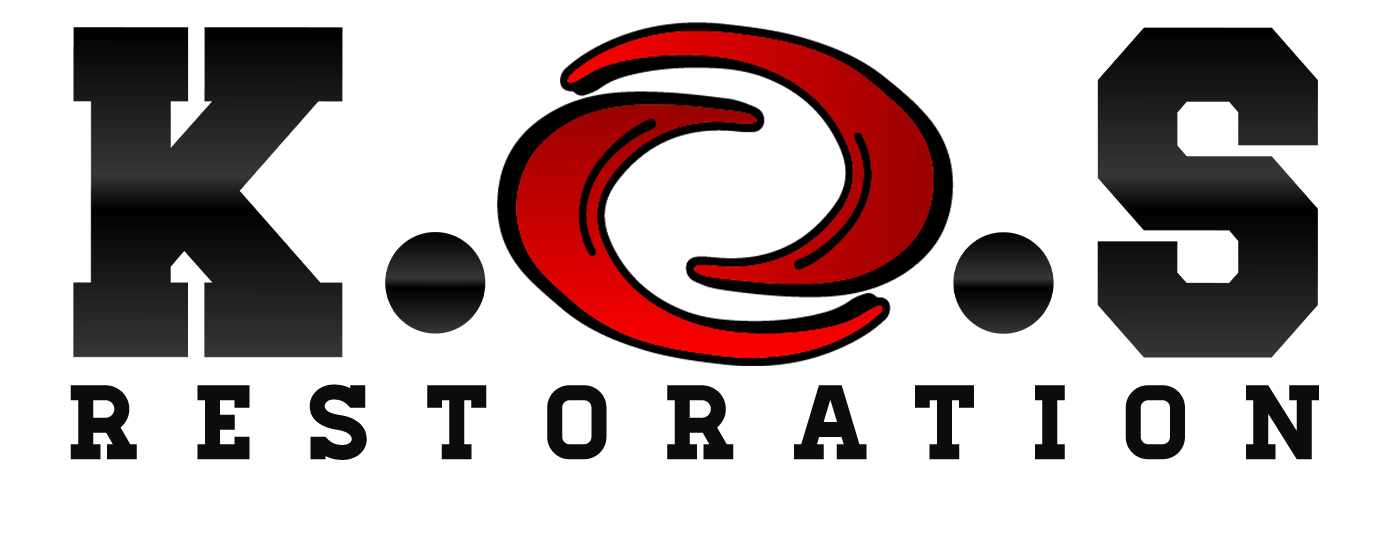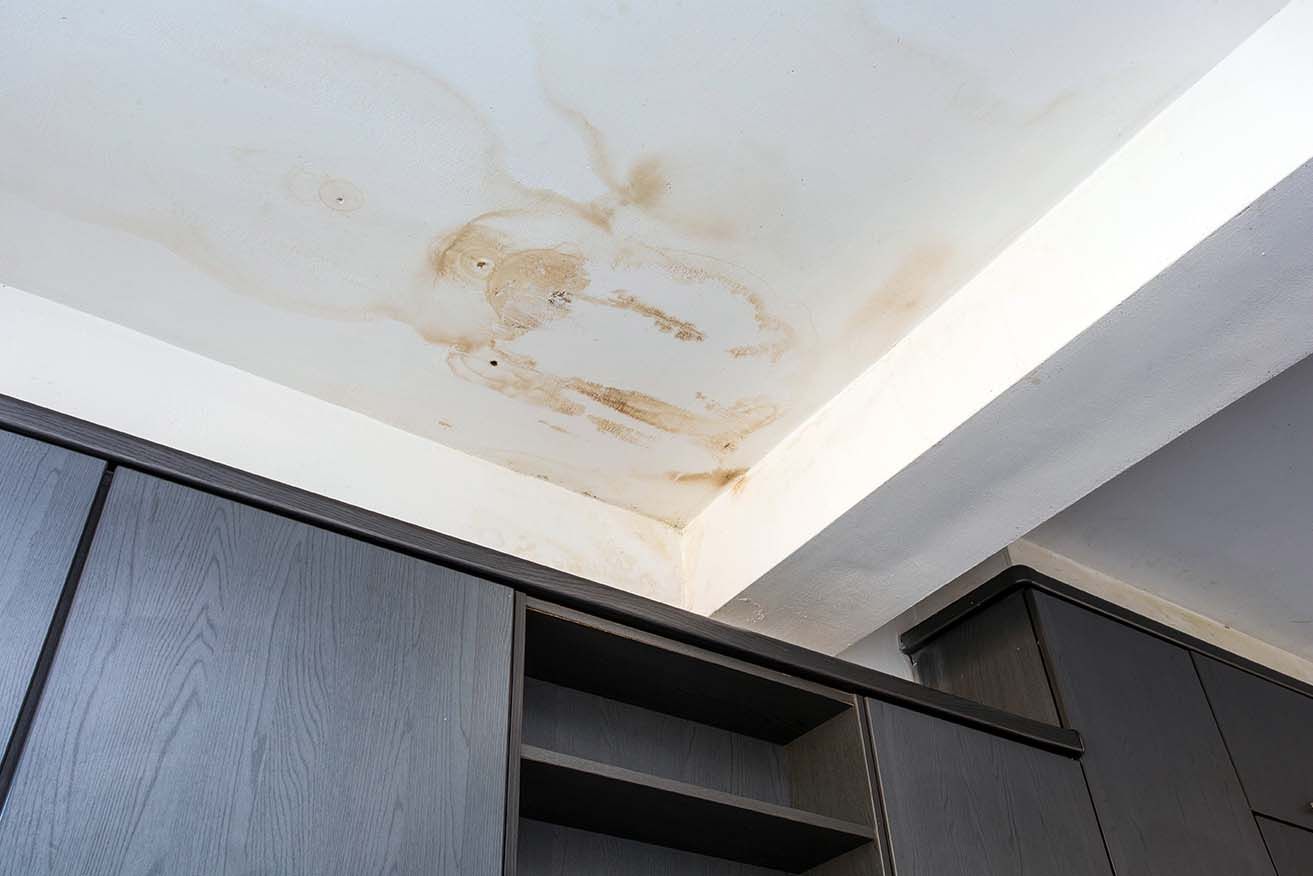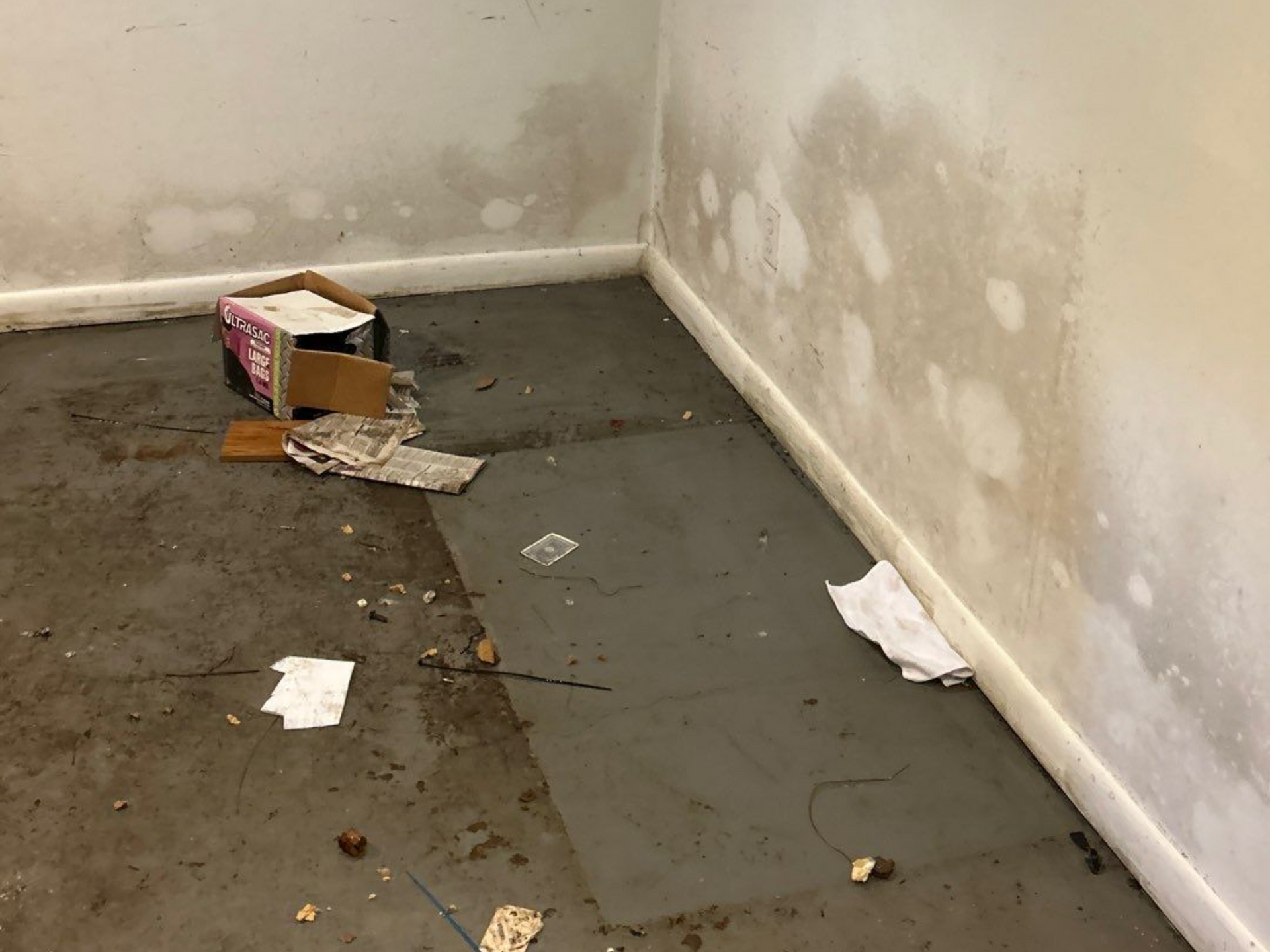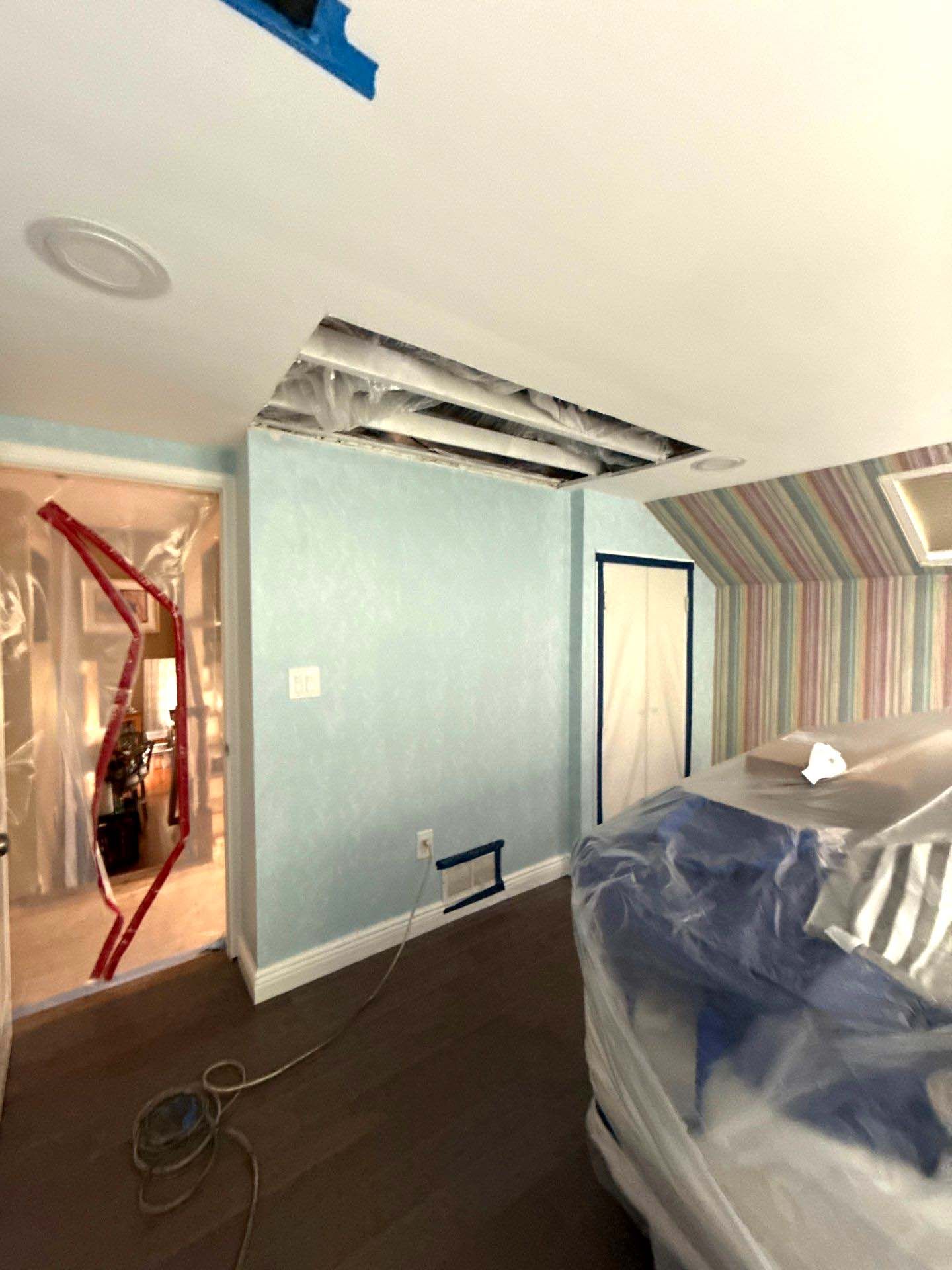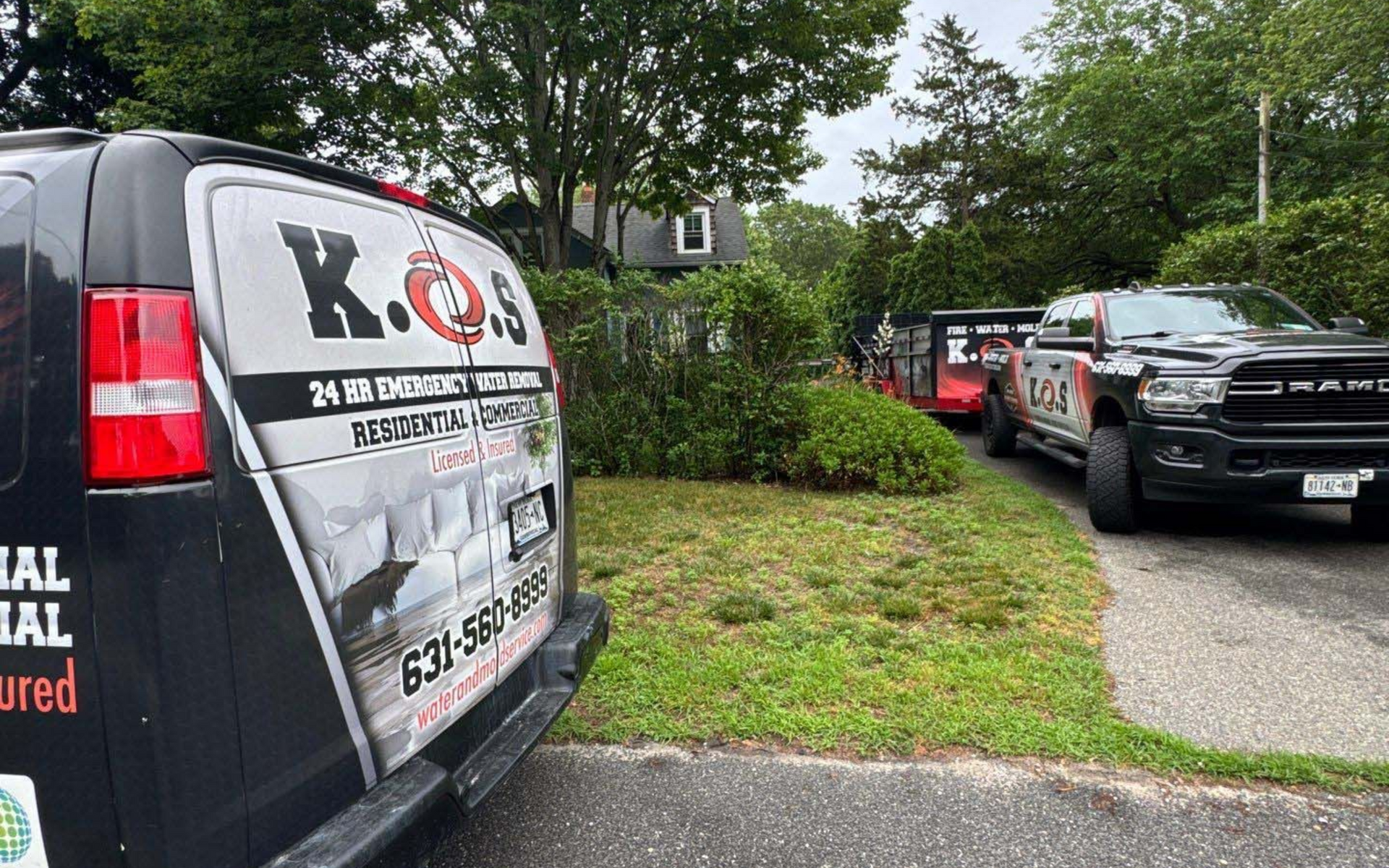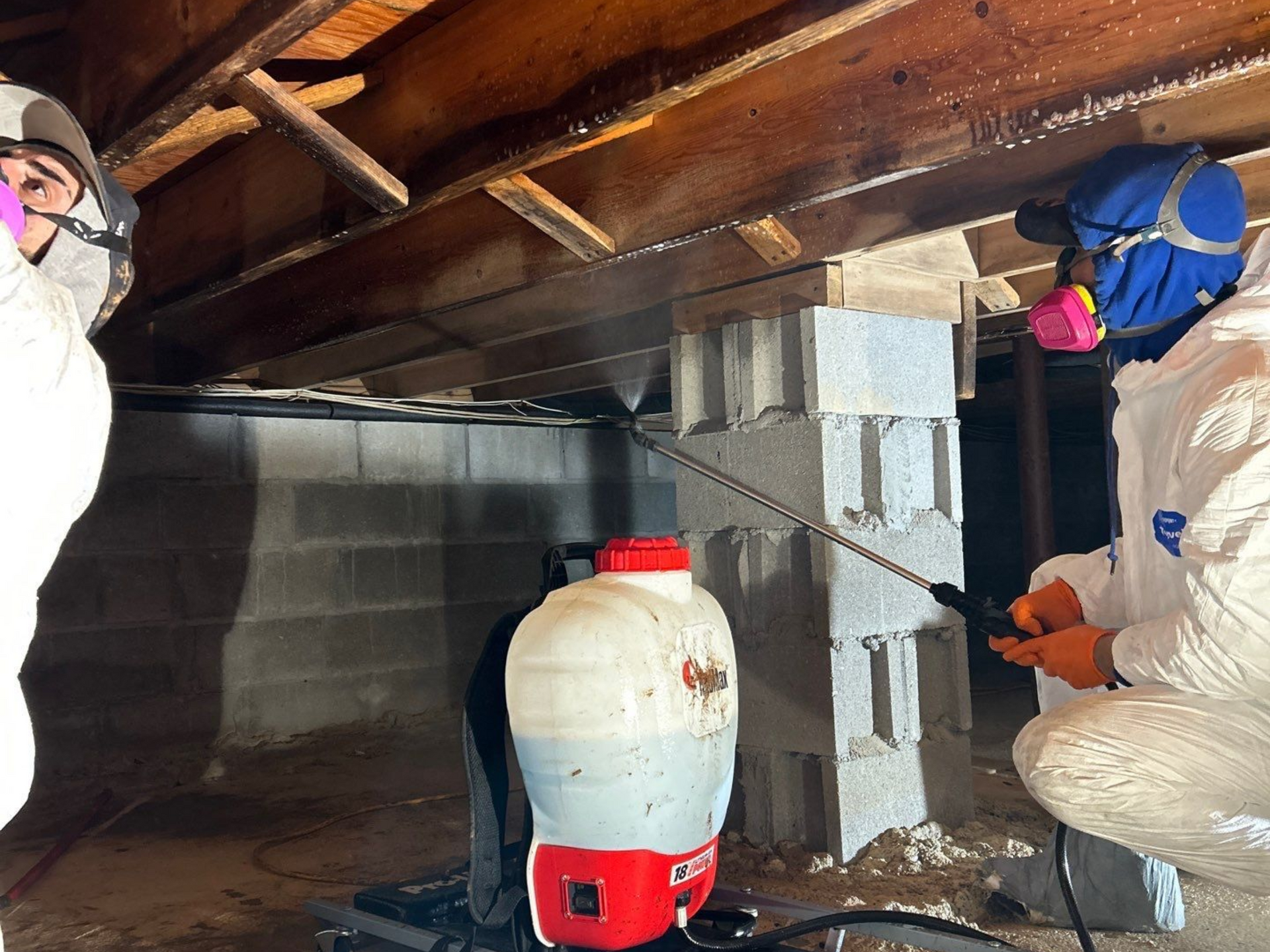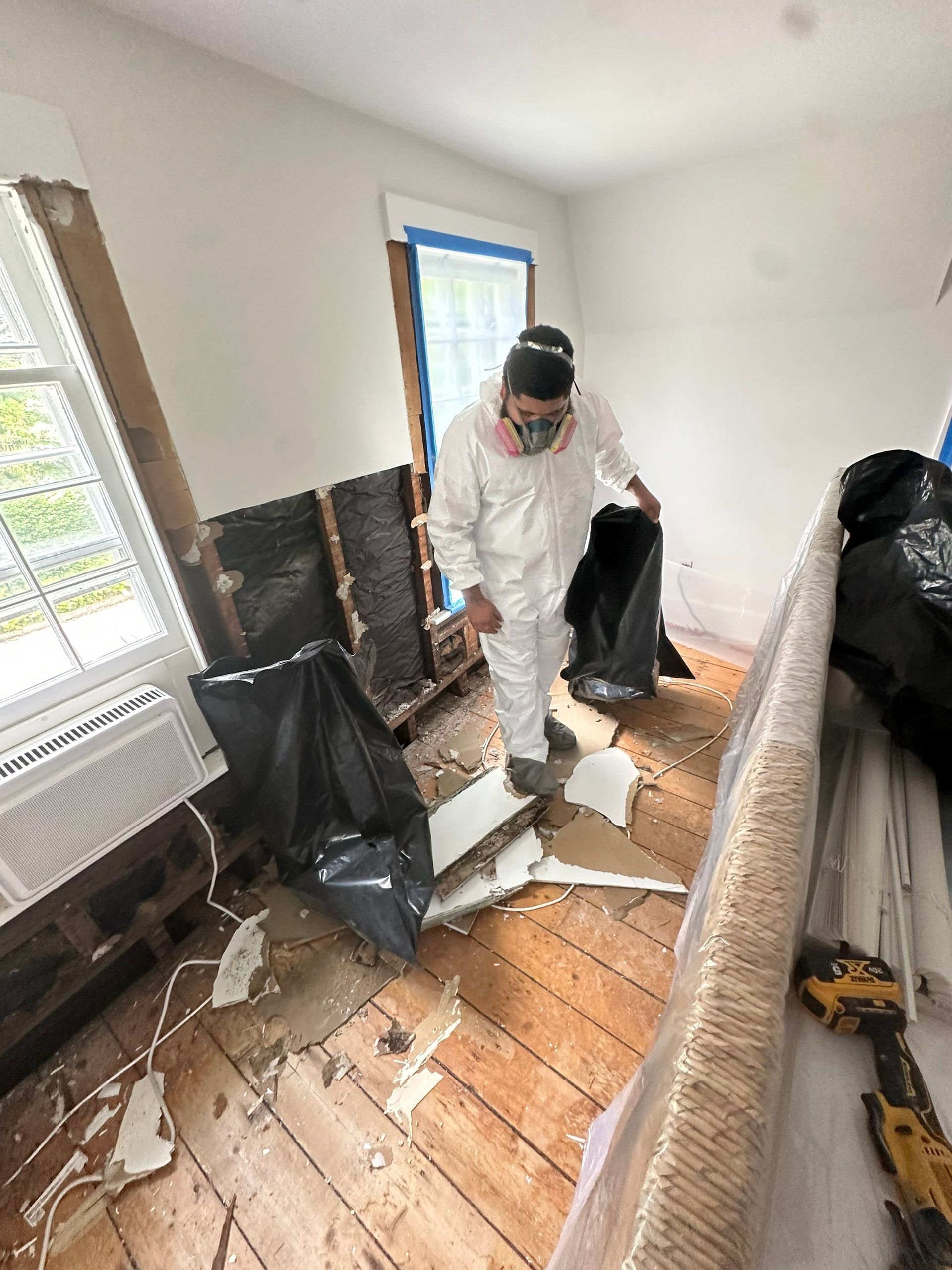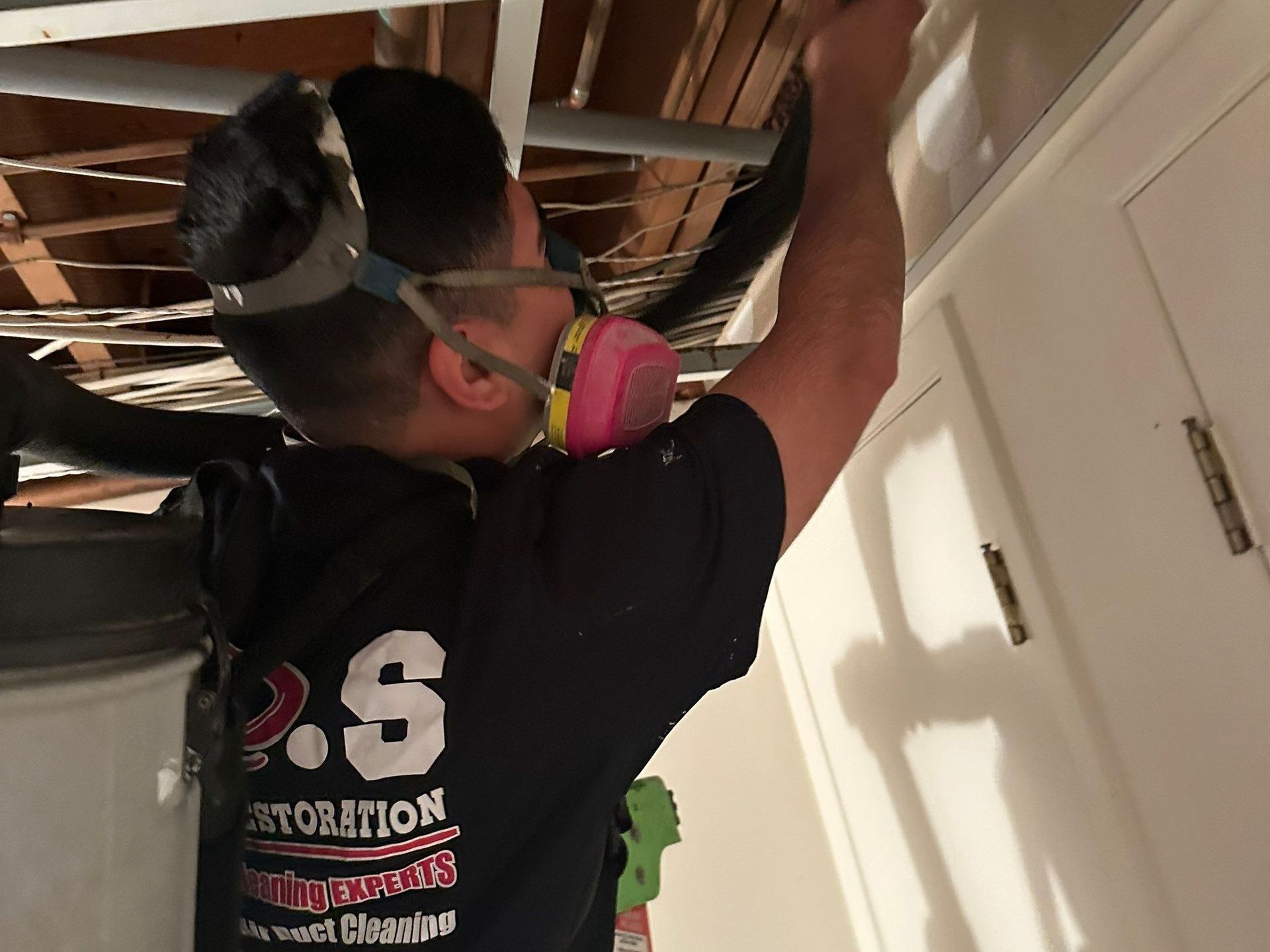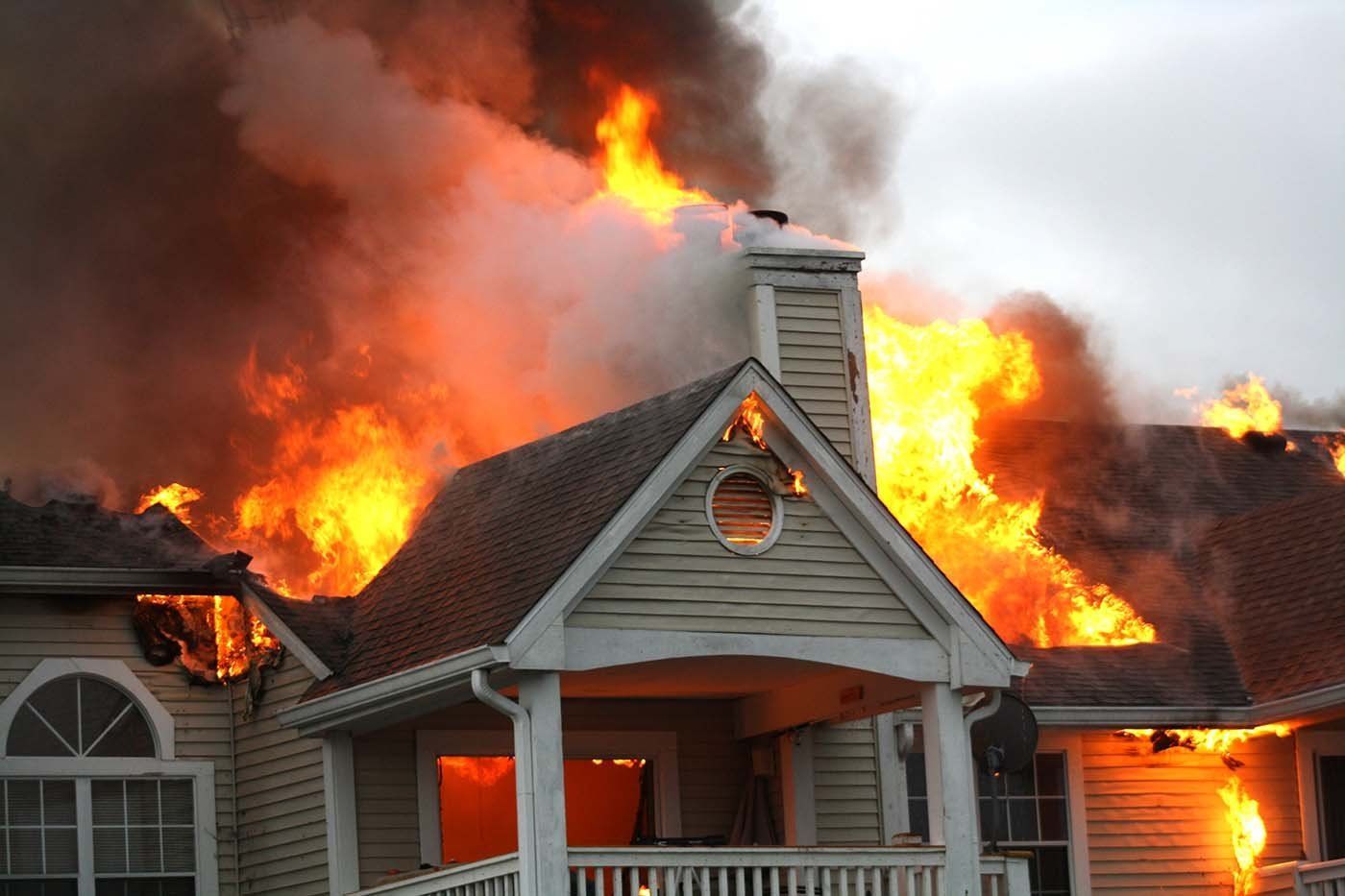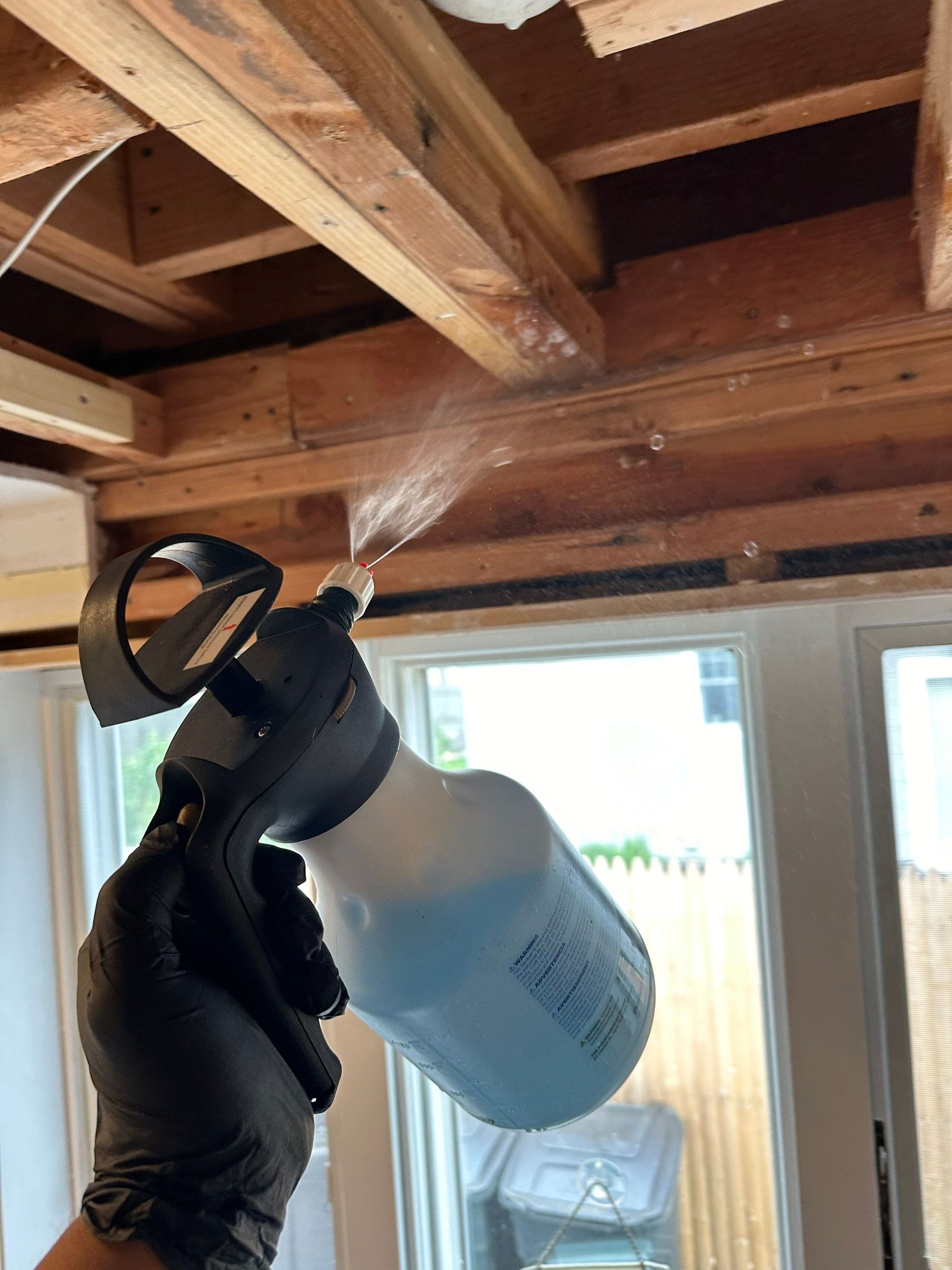What To Do When A Storm Floods Your Home
What should I do if my home floods after a storm on Long Island or Queens?
If storm flooding enters your home, turn off electricity (if safe), avoid standing water, and document visible damage.
Contact an IICRC-Certified restoration company like K.O.S. Restoration right away. Our team provides 24-hour emergency flood cleanup,
water extraction, and drying to prevent
mold and
structural damage.
Storm Flooding on Long Island & Queens
When powerful storms hit Long Island and Queens, flooding can happen fast. Heavy rain, rising groundwater, and overwhelmed drainage systems can turn basements, crawlspaces, and first floors into disaster zones in a matter of hours.
At K.O.S. Restoration, we understand how devastating it feels to see water pouring into your home. You may be worried about ruined floors, soaked walls, and what comes next — especially when it comes to mold and contamination risks. That’s where we can help.
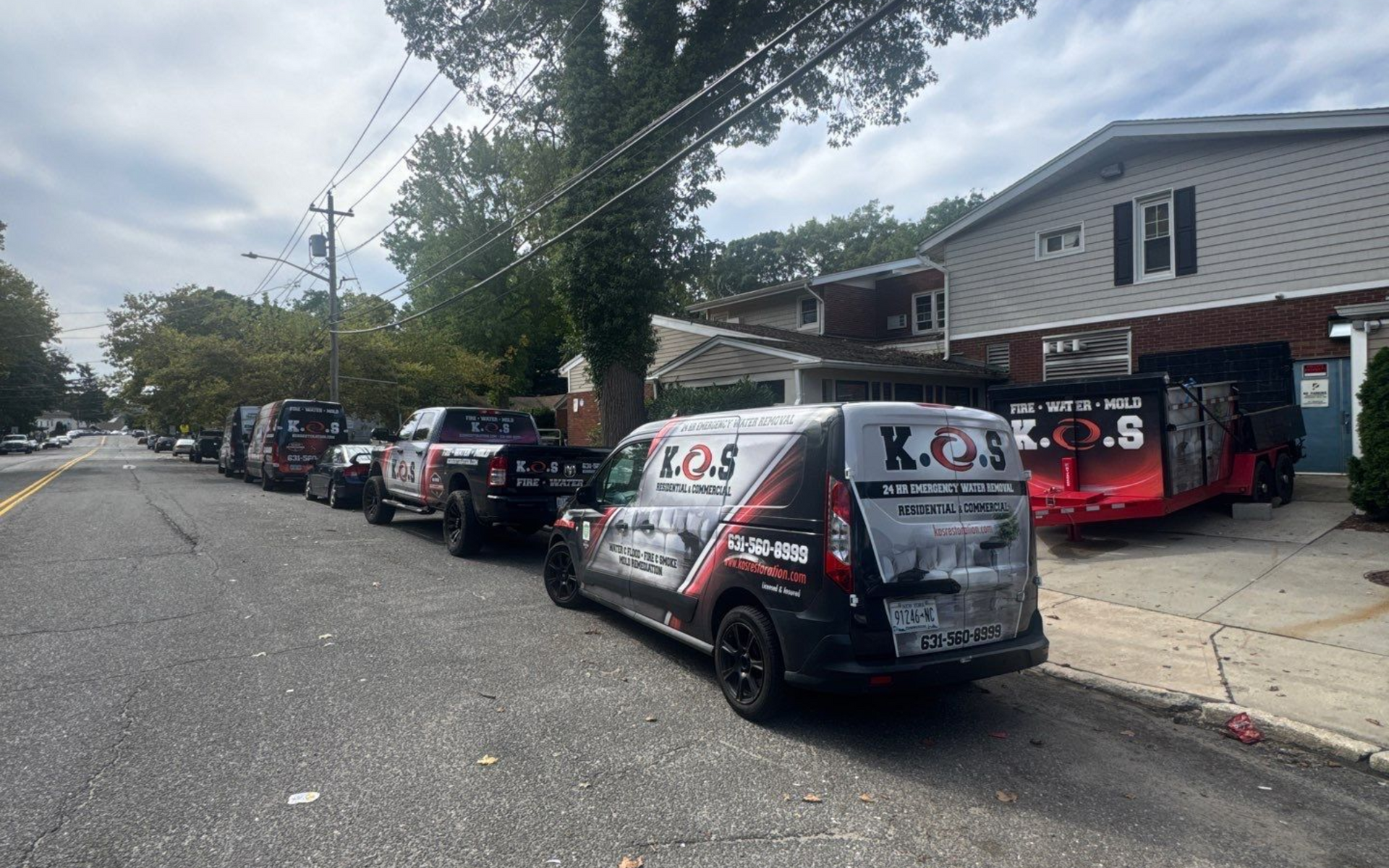
1. Take These Steps Immediately
If flooding has already started:
- Stay safe. Avoid entering standing water, especially if power outlets or electrical cords are submerged.
- Shut off power if it’s safe to do so.
- Document everything with photos or video for your insurance claim.
Call a professional flood cleanup team — the faster the water is removed, the less damage your home will suffer.
2. How K.O.S. Restoration Responds to Storm Flooding
K.O.S. Restoration has been locally owned and trusted since 2006, with IICRC-Certified experts trained to handle all levels of storm and flood damage.
Our team offers:
- 24-hour emergency service
- 45-minute response time in Suffolk County
- Professional water extraction and moisture mapping
- Industrial dehumidifiers and drying systems
- Mold prevention, cleanup, and encapsulation services
- Insurance claim documentation and direct communication with adjusters
We use state-of-the-art drying equipment to remove every trace of moisture — even behind walls and under floors — and we monitor humidity levels to ensure your property is completely dry before restoration.
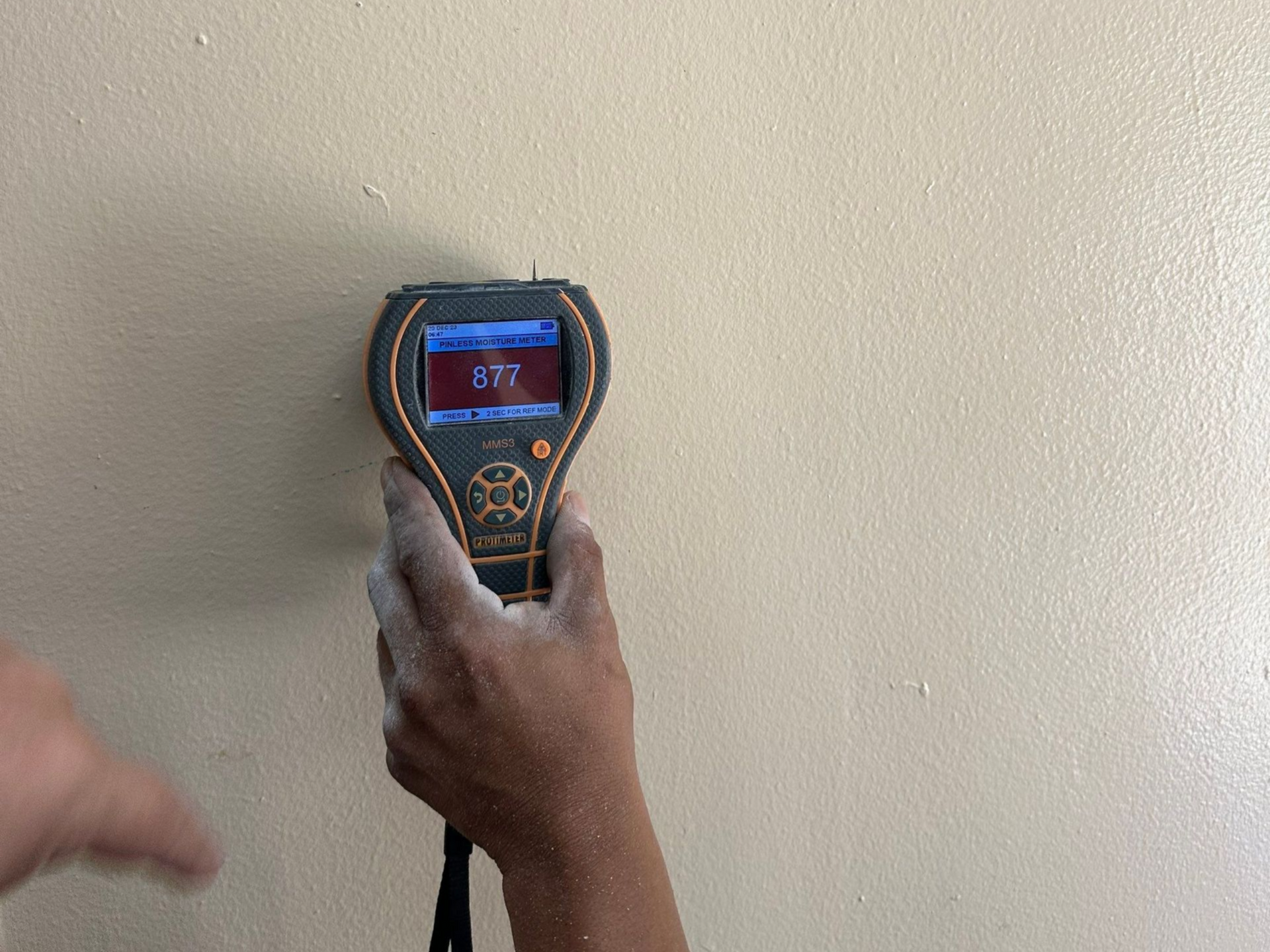
3. Preventing Mold After Flooding
Moisture that remains trapped inside walls, insulation, or flooring can lead to mold growth within 24–48 hours. That’s why immediate drying and dehumidification are essential.
If you already notice a musty odor or visible mold, we provide mold remediation and encapsulation to treat affected areas and help protect your home from recurring problems.
4. We’re Here When You Need Us Most
K.O.S. Restoration has helped homeowners and property managers across Long Island and Queens recover from hurricanes, nor’easters, and flash floods for nearly two decades. We treat every home as if it were our own — with compassion, urgency, and expertise.
If your home is affected by flooding, don’t wait. Every hour counts when it comes to preventing mold and damage.
📞 Call K.O.S. Restoration 24/7 at
(631) 560-8999
📍 Serving all of Long Island and Queens, NY
Storm Flooding FAQ'S
How quickly should flood water be removed from my home?
Ideally within 24 hours. The longer water sits, the higher the risk of structural damage, mold, and contamination.
Does homeowner’s insurance cover storm flood cleanup?
Coverage depends on the cause. Standard policies may exclude floodwater from storms unless flood insurance is in place, but water damage from burst pipes or overflows may be covered. K.O.S. Restoration can help document the damage for your adjuster.
Can I clean up flood water myself?
DIY cleanup often misses hidden moisture and contaminants. Professional drying, HEPA filtration, and mold prevention are essential to restore your home safely.
How can I protect my home before the next storm?
Seal foundation cracks, clear gutters, elevate valuables, and install a sump pump or backflow valve. Preventative steps can reduce future damage.


